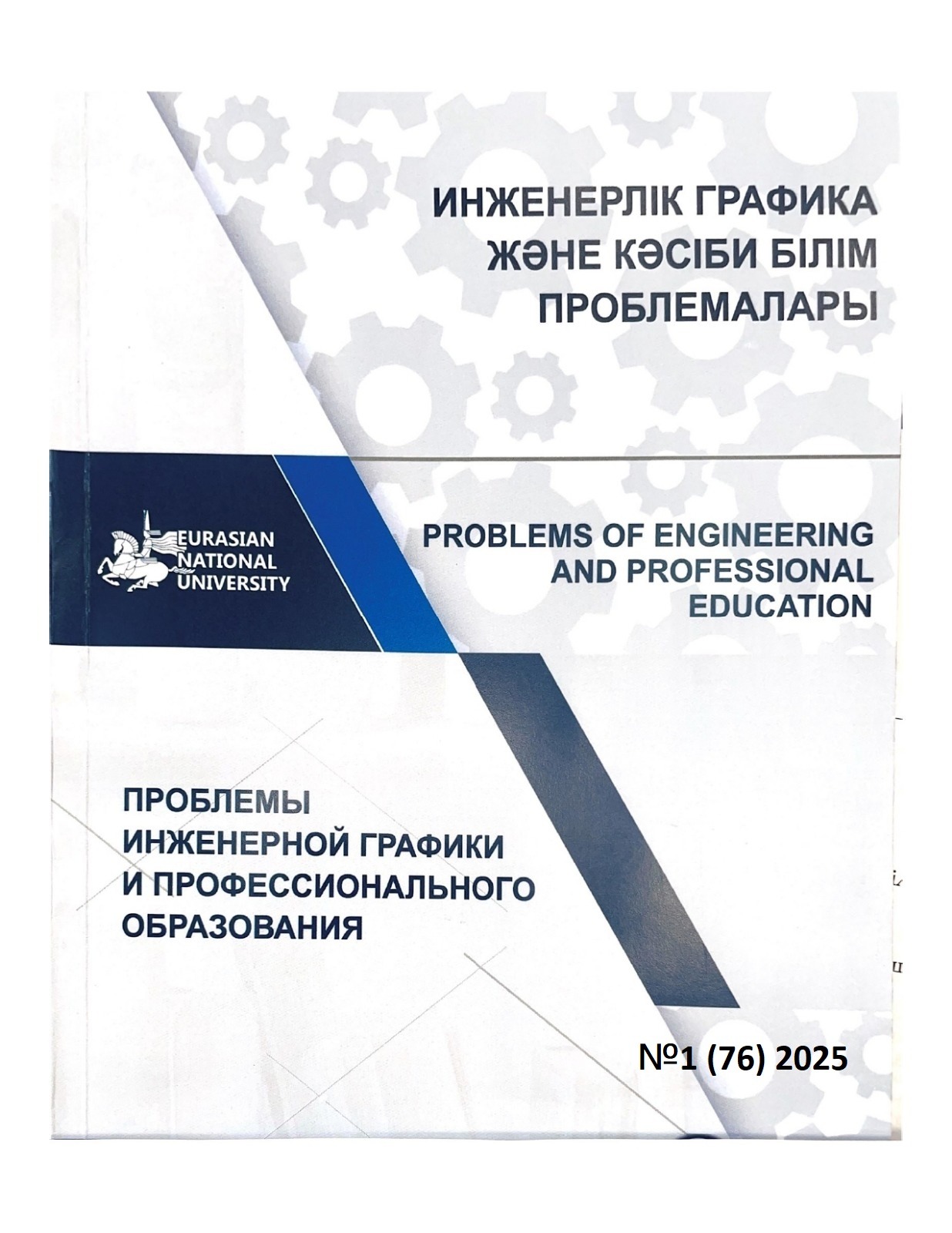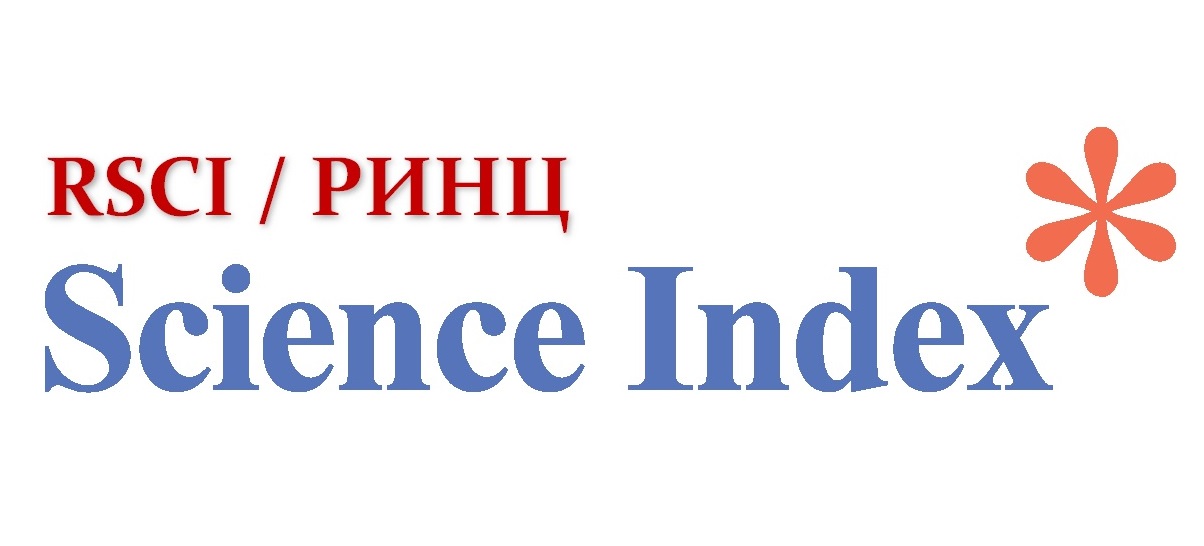Инженерлік графика саласындағы бейімделген оқыту стратегиялары: визуализация және нейрожелі технологиялары
Қаралымдар: 260 / PDF жүктеулері: 95
Кілт сөздер:
оқу-әдістемелік кешен, дизайн, оқу процесі, динамикалық, анимациялық фрагмент, геометрияның сипаттамасы, инженерлік графика.Аңдатпа
Техникалық білім берудегі қазіргі үрдістер болашақ инженерлерді графикалық оқыту әдістемесін қайта қарауды талап еді. Сандық технологиялардың қарқынды дамуы мен студенттердің когнитивтік жүктемесінің артуы жағдайында дәстүрлі оқулықтарға және статикалық анимацияларға негізделген оқу-әдістемелік кешендердің (ОӘК) тиімділігі төмендеуде. Бұл мақалада когнитивтік бағыттағы және бейімделетін тәсілдерге негізделген жаңа буындағы оқу құралдарын жобалау концепциясы қарастырылады. Классикалық үлгілерден айырмашылығы – визуалды контентті жекешелендіруге, жасанды интеллектіні интеграциялауға және интерактивті кері байланыс ұсынуға басымдық беріледі, бұл студенттердің қабылдау ерекшеліктері мен дайындық деңгейін ескеруге мүмкіндік береді. Зерттеудің мақсаты – инженерлік бағыттағы студенттерді графикалық оқыту процесінде бейімделетін цифрлық платформалар мен нейрожелі технологияларын қолданудың артықшылықтарын анықтау. Мақалада Neksbot, Stable Diffusion, GPT сияқты edtech-құралдар арқылы жасалған оқу ресурстарын әзірлеу кезеңдері және олардың дәстүрлі әдістермен салыстырғандағы тиімділігі сипатталады. Когнитивтік диагностика әдістері, саулнама және оқу жетістіктерін талдау студенттердің белсенділігі, мотивациясы мен жетістіктеріне кешенді баға беруге мүмкіндік берді. Зерттеу нәтижелері бейімделетін, студенттің оқу бейіні мен когнитивтік ерекшеліктеріне икемделе алатын ОӘК қолдану материалды меңгеруді жақсартып, кеңістіктік ойлауды дамытып, өзіндік жұмысты жетілдіретінін көрсетті. Бұл мәліметтер графикалық пәндер оқытушыларының әдістемелік құралдарын түбегейлі жаңартудың қажеттілігін көрсетеді. Мақала инженерлік білім берудегі цифрлық трансформациямен айналысатын педагогтар мен зерттеушілерге, сондай–ақ зияткерлік оқыту жүйелерінің әзірлеушілеріне арналған.






